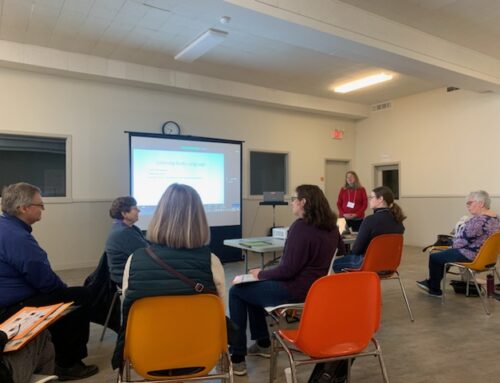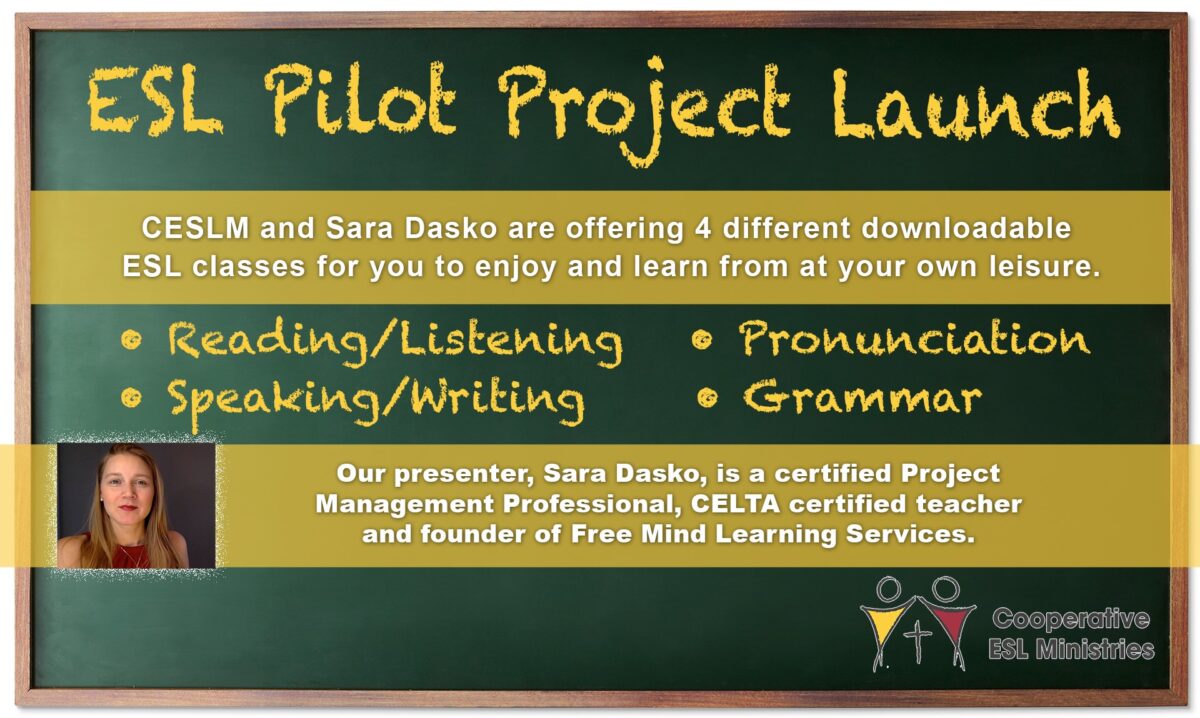
Helping students understand the truths in the Bible.
Studying the Bible in your native language is challenging. Studying it in a non-native language is even more difficult. Interpreting the meaning of the Bible word by word and phrase by phrase in the context of the surrounding content is key to understanding the meaning of God’s word—no matter what language we study it in.
So, if your students come from a country that has no religion, one with many religions, or one with a dominant religion embedded in the government structure, how can you teach the truth of God’s Word so they too may apply it to their life and situation?
Years ago, at Agape Language Centre in Calgary, I taught an ESL Bible Study class to students wanting to learn the Bible in English. Lesson prep was tough as I needed to know the Bible and have ESL teaching skills. At that time, resources to teach ESL Bible classes were rare.
Coming up with an ESL lesson plan (reading, listening, speaking, writing, pronunciation, or grammar) using vocabulary from a Scripture passage can be time-consuming if you don’t know how to study your Bible. Knowing God’s truths in His Word is key to teaching ESL Bible classes. And having ESL teaching skills will assist you in lesson planning to include God’s truth that will reach the hearts of your students with the Gospel message.
To learn how to study your Bible to interpret the meaning before you teach it to others, learn the inductive method that is used by scholars around the world. This method will help you keep the meaning of vocabulary and phrases in the Scripture in context with the surrounding verses, chapters, books and the entire Bible.
To help you get started to gain an understanding of God’s Word in your personal Bible study, check out Biblical Training online resources to gain confidence and openness to the Spirit’s leading so you can share your faith with others. Watch this video to learn how to use this resource at vimeo.com/897760635.
I would recommend starting with How to Read Your Bible and Reading the Bible Better, both by professor and scholar George Guthrie. He is easy to listen to, funny and biblically knowledgeable. For some, this will be a review if you’ve studied the Bible in depth before. If you are new to Bible study, I would recommend listening to the entire series first as an overview of the content, then listen again to each lesson and take notes. This will help you understand the true meaning of God’s Word to pass on to your students. They will have a lot of questions, sometimes even grammar ones. If you can’t answer certain questions, tell them you will write down their question and bring them an answer at the next class. Then, talk to your pastor, or another believer with biblical understanding.
If you are already familiar with in-depth Bible study, I suggest listening to Lesson 7, Word Studies in How to Read Your Bible. This will help you find the meaning of vocabulary in context of the surrounding passage.
Dr. Guthrie uses the following outline to explain how to do a word study:
Two Principles to Remember:
We need to understand that words have a range of meanings in any language.
Context always determines meaning.
Things We Need to Look At:
The section of the book.
How the passage is used.
Where it is used elsewhere.
The broader use of the word.
To take this free course and others from Biblical Training, create a free account at biblicaltraining.org/getting-started.
May God grant you understanding of His Word as you study to seek to know Him more.
Check out our website Resources for Teachers section for more Bible resources.
—Darlene Penner, CESLM Resources Coordinator and Newsletter Editor




Thank you, Darlene, for the tips, resources and encouragement!